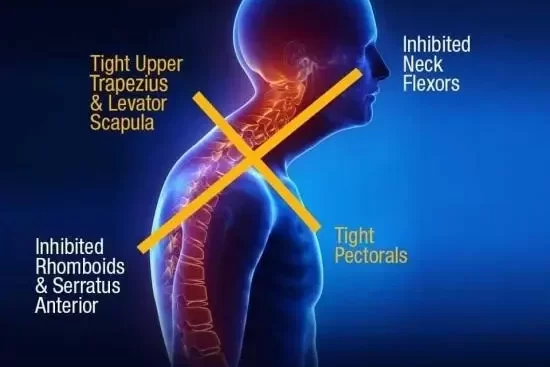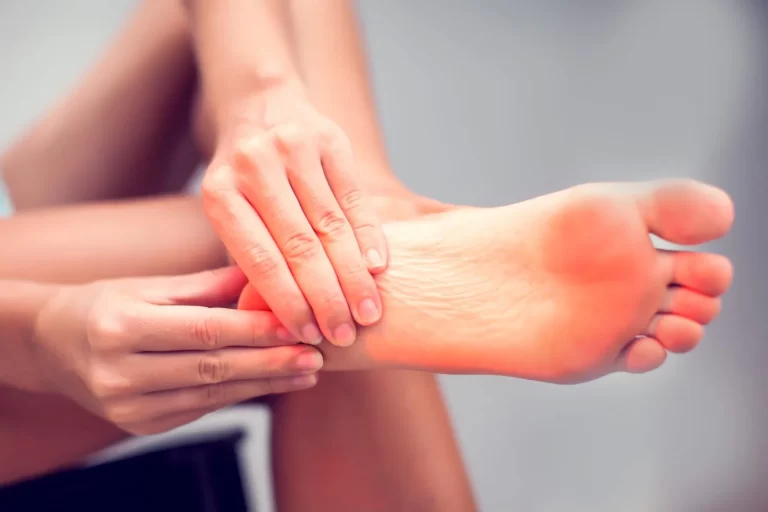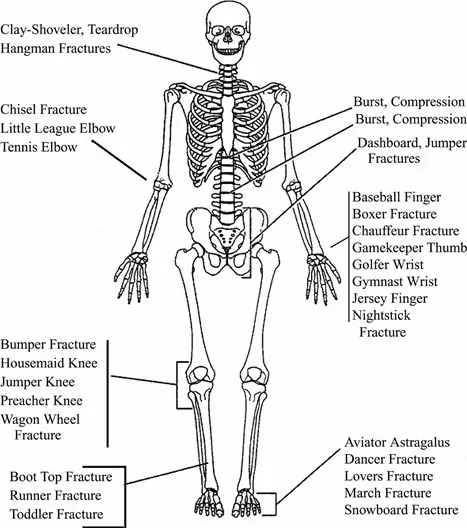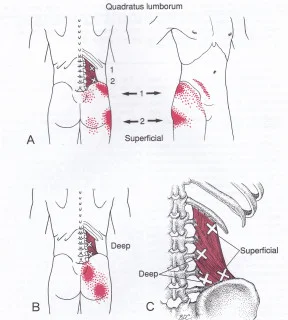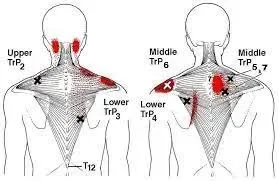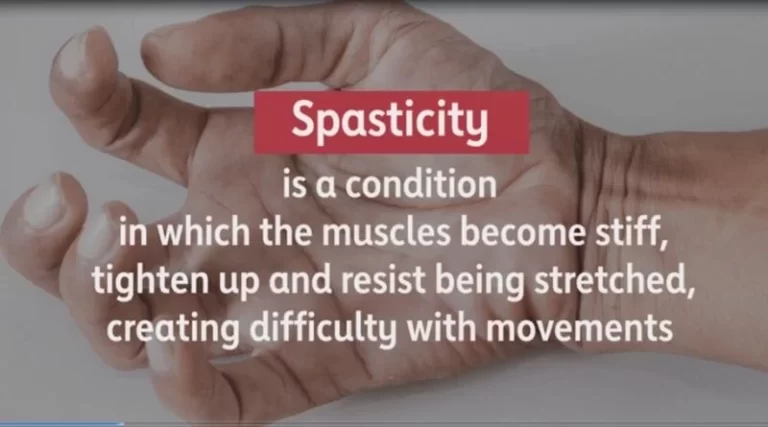Upper Cross Syndrome
What is an upper cross syndrome?
Upper Cross Syndrome (UCS) is a common postural imbalance that occurs when certain muscles in the upper body become tight while others weaken. This muscular imbalance leads to a forward head posture, rounded shoulders, and a hunched upper back, often associated with prolonged sitting, poor posture, and repetitive tasks.
UCS can cause neck pain, shoulder discomfort, and headaches, affecting daily activities and overall quality of life.
The rhomboid and lower trapezius muscles in the lower shoulders, as well as the cervical flexor muscles in the front of the neck, are weak in upper crossed syndrome. The “x” shape that forms when areas of hyperactive and underactive muscles overlap gives the illness its name.
Postural abnormalities include a forward head position, lifted and prolonged shoulders, increased thoracic kyphosis and cervical lordosis, as well as scapular winging and rotation. Because of the weakened serratus anterior, the glenoid fossa becomes more vertical, causing the scapulae to rotate, abduct, and wing. To maintain glenohumeral centration in the face of this loss of stability, the activity of the levator scapulae and upper trapezius must increase.
As a side consequence, though, mobilizers become more active (hyperactive) and less flexible as a result of this compensation, which may ultimately set off a pathological series of events inside the musculoskeletal system.
Understanding the causes and addressing them through corrective exercises and ergonomic adjustments are essential steps in managing and preventing Upper Cross Syndrome.
Mechanism of Injury / Pathological Process
Muscle imbalance typically arises prior to functional dysfunction. These repetitive tasks and immobile settings can lead to pain and inflammation as well as other side effects, which are mostly responsible for the expected patterns.
Primarily affecting the anterior neck and posterior superior muscles, which are short and tonic, this disease inhibits and weakens the posterior shoulder girdle and the anterior deep muscles of the neck, which are predominantly phasic. This condition, which is frequently linked to forwarding heads, round shoulders, protracted scapulae, and thoracic kyphosis, is caused by changes in the elevation, protraction, and abduction of the shoulder as well as an increase in the angle of the forwarding head and hyperextension of the upper cervical spine. Joint degeneration may result from these muscular imbalances and movement dysfunctions because they may directly affect the surfaces of the joints.
The structural lesions’ contributing factors are examined using the functional approximation. When managing chronic “dysfunctions” with physical therapy, such as tendinitis and persistent joint pain, this approximation is most helpful.
A physiological muscle imbalance may or may not be the outcome of an initial traumatic incident, but it is usually linked to dysfunction and pain. It’s possible for the pathological imbalance to be subtle; many persons experience this muscular imbalance painlessly. It should be noted that this continuum of muscle imbalance can advance in either way: changed motion patterns might result from muscle imbalance and vice versa. Pathological imbalances can occasionally serve as functional damage compensation.
For instance, an imbalance in muscle can lead to an imbalance in the biomechanical pressures on joints, which can lead to joint damage, pain, and inflammation. As a result, a lesion may be both structural and functional; nevertheless, in order to properly diagnose and treat a patient, a clinician must determine which lesion is the real source of dysfunction.
Clinical Presentation
Postural abnormalities such as kyphosis, round shoulder, and FHP include thoracic spine flexion and excessive neck protraction, anterior tilt, and downward rotation of the scapula with an inclined tendency and internal rotation of the shoulder. Thoracic kyphosis and FHP are associated.
Weak muscles:
- Reduced SA activity in the serratus anterior will result in less control over the scapula in both static and dynamic conditions.
- The infraspinatus
- People with FHP have weak, protracted muscles that are improperly stimulated.
Tight muscles:
- Upper trapezius: An increase in UT activity causes the scapula to tilt and elevate anteriorly, which reduces subacromial space and raises the risk of shoulder disease.
- An anterior tension is applied to the glenohumeral joint by the pectorals and tight pectoralis major, which reduces stability.
What is a diagnosis of upper cross syndrome?
- The doctor is given a thorough grasp of the patient’s muscle function through posture and gait analysis. It is difficult for the clinician to focus only on the local level of the lesion and instead evaluate the patient’s entire motor system.
- Assessment of equilibrium.
- excessive movement.
- It is important to exercise caution when evaluating muscle imbalance in patients with acute severe pain syndrome, as it is not a reliable method. When a patient experiences chronic pain or continues to experience pain after an acute episode has passed, it can be very helpful.
The muscles involved in a defensive flexor reaction are the most likely to become tense. This tests the upper trapezius muscle.
Upper-Quarter Muscles
Tests for the levator scapulae muscle are similar, however they include rotating the head to the opposite side.
Before the arm is positioned in abduction, the trunk needs to be secured since the trunk may rotate to resemble the usual range of motion.
- Lower sternal fibers: The patient’s arm is abducted by the therapist to 150 degrees with a small external rotation.
- Midsternal fibers: The patient’s arm can relax below the horizontal motion since these fibers are normal in length. Tenderness does not result from palpation.
- Clavicular fibers: The patient’s arm can relax below the horizontal due to the typical length of these fibers. The fibers should not be palpably sensitive and should resist this pressure gradually.
Pectoral The patient is assessed while supine for minor muscles. The patient’s mark is seen from above by the therapist. It is possible to compare the anterior portions of the acromion process’s horizontal levels with one another. The two acromions ought to be operating at the same elevation. The lumbar spine arching upward and the arm relaxing above the horizontal are signs that this muscle is very tight.
What are the causes of upper cross syndrome?
People who suffer from upper crossing syndrome typically exhibit a similar set of postural anomalies, which might be mistaken for slouching.
While there are a variety of actions that might induce upper crossed syndrome, the majority of cases arise from weakening and poor posture, particularly while sitting or standing for extended periods of time with the head forward.
The following activities support this posture:
- using a laptop or computer while driving
- using a phone to watch TV surf, message, use apps or games, read, or biking
What are the symptoms of upper-crossed syndrome?
The following are typical signs of upper crossed syndrome:
The head is constantly or frequently facing forward. shoulders that are rounded, elevated, or prolonged, with muscles that are continuously drawn or pushed forward. Because the twisted muscles strain the surrounding tendons, bones, and joints, the majority of people with upper cross syndrome experience symptoms like these:
- headache
- tightness and chest pain
- pain in the upper back, particularly in the shoulder blades or shoulder joint
- fatigue; jaw pain; trouble sitting, reading, or watching TV; tightness or pain in the neck or shoulders that prevents you from driving for long periods of time; rib pain and restricted range of motion; upper arm numbness, tingling, and pain
- lower back pain.
Differential Diagnosis
- Scheuermann’s Kyphosis
- Stress and anxiety
- Pseudoradicular syndrome
- Scalene syndrome
Management
In the past few decades, therapists have primarily used structural and functional methods to create exercises that are appropriate for correcting musculoskeletal malalignments. According to the conventional structural approach, biomechanics is responsible for the alterations in malalignments like UCS, which are thought to result in modifications to the strength and length of nearby muscles. This could explain why, during the correction phase, short muscles are stretched and weak muscles are strengthened at the issue spot while other related malalignments are ignored. Moreover, the usefulness of stretching and strengthening exercises for the treatment of postural abnormalities has been called into question by several review studies.
The interaction of the central and peripheral nerve systems, as well as the role of the skeletal and muscular structures in producing and regulating motion, are the foundations of the functional (neurological) approach to musculoskeletal issues.
Physical therapy treatment
Pain management:
For the treatment of pain, electrotherapy can be useful.
How does electrotherapy work?
All of these treatments typically involve applying a low-voltage electrical current to the pain locations using an electrode-equipped device.
Pain management is electrotherapy’s primary objective.
- Pain management with electrotherapy frequently involves the use of TENS (Transcutaneous Electrical Nerve Stimulation). Electrodes are positioned over or close to the painful area using small, sticky pads. a sequence of low-voltage electrical currents delivered to the region by the battery-powered device.
- Interferential Current Therapy
- Therapy with ultrasound:
- It works well for people with neck pain who have myofascial pain syndrome or trigger points over the trapezius muscle.
- Cervical traction: This technique aids in pain relief.
Exercises of the upper cross syndrome
UCS isometric exercises: You can sit, stand, or lie on your back to complete these exercises.
- Cervical flexion: Put your palm on your forehead and flex your neck slightly forward.
- Cervical extension.
- Cervical side flexion: Press on the left side with your left hand, then repeat the side flexion on the other side.
- Cervical rotation.
- Your physical therapist will give you specific instructions on how long and how often to perform these exercises depending on your unique set of symptoms.
Strengthening Exercises of the Upper Cross Syndrome
The four-step corrective exercise process for UCS begins with lengthening and inhibiting any potentially overactive muscles (usually through foam rolling). Next, the corresponding underactive muscles are strengthened, and lastly, the involved muscles are integrated to restore functional, synergistic movement patterns.
Usually, the goals of this corrective technique are to extend the client’s range of motion, strengthen their local muscles, and help them learn how to better control their newly acquired range of motion. Additional advantages include the potential for less pain and discomfort, upper torso stability, and enhanced athletic performance during play and training.
- Step 1:
Apply pressure to sore regions for 30 seconds using the upper trapezius, levator scapulae, and sternocleidomastoid muscles. - Step 2: Static Stretching and Lengthening
Levator Scapulae: The movement of the chin downward until the right side feels a typical stretch. - SCM: Same as above, but with the chin turned upward.
Execute the exercise on both sides, spending 30 seconds in each stretch position. - STEP 3: Activate/strengthen
- Floor Cobra: For two seconds, hold.
- Step 4:
After holding at each spot, bring the arms back to their stretched frontal positions.
Postural exercise of UCS
An additional upper cross syndrome exercise
The best course of action for treating upper-crossed syndrome involves core stability exercises and body posture adjustments. Even though some people may find stretching exercises quite uncomfortable, it’s still necessary for them to try some kind of moderate stretching and movement to prevent deformity because restricting activity can lead to soreness and stiffness. Before working out, people should make sure their tissues are warmed up, either by taking a warm bath or shower or by moving slowly and gently. Build up to each workout gradually and start out softly.
Exercise while lying down
Place a thick pillow or towel approximately a third of the way up your back while lying down, keeping your spine straight. Ensure that your head is in a neutral, relaxed position and that it is not tense or stretched out against the muscle. For ten to fifteen minutes, hold this posture, and then practice the exercise multiple times over the day.
Exercise while sitting
The stiff muscles in your shoulders, chest, and side neck should start to extend and relax. Press your palms into the floor without really moving them for a more intense chest stretch. Then, move softly and relax. For five minutes, or for as long as it is comfortable, maintain this posture.
Exercise standing up
Remain calm while placing your feet three to four feet apart. Turn your right foot out ninety degrees and pivot your left foot inward to around a thirty-degree angle while maintaining your current torso position. Bend your right knee to a maximum of 90 degrees while maintaining a straight left leg and body.
Stretching in upper cross syndrome.
Forward and Backward Tilt
You can perform this either sitting or standing. Continue moving slowly and smoothly.
- For 20 to 30 seconds, bring your chin up to your chest and hold there. Return to the starting posture and raise your head slowly once more.
- Do this as many times as possible. Include it in your everyday routine.
Side Tilt
How would one go about doing that?
- Don’t raise your shoulder.
- On your right side, repeat. You can increase to ten repetitions by doing multiple sets.
Side Rotation
How would one go about doing that?
- Your back should be straight and your head should be directly over your shoulders.
- After thirty seconds of holding this stretch, carefully bring your head forward once more.
- On your right side, repeat.
- Perform ten sets at a time.
Shoulder Roll
How would one go about doing that?
- Repeat six times. Go back to the starting point and draw six more circles, but you have to go the other way this time.
Neck Flexion (Forward Bending)
How would one go about doing that?
- You must gaze down and slowly move your neck toward your chest while just moving your head in order to complete this workout.
- The posterior region of the neck experiences the neck flexion stretch.
Lateral Neck Flexion (Bending Side to Side)
How would one go about doing that?
- The neck bends laterally to the side during this stretch, while the shoulders and back stay stable.
- Try to hold this stretch for five seconds after the head has bent as far to the side as it can safely go before bringing it back to its starting position. The left side is stretched in the same manner.
Neck Rotation (Turning Side to Side)
How would one go about doing that?
- With your shoulders firm and your back straight, carefully rotate your head to the right as far as it will naturally go without getting worse.
- The left side is stretched in the same manner.
Neck Retraction
How would one go about doing that?
- Start this exercise by gazing straight ahead and giving yourself permission to unwind.
- Move your head backward smoothly, keeping your chin slightly tucked in, until it is dragged back as far as it can go without causing you any pain or strain.
- While performing this stretch, keep your head straight ahead and take care not to cock it to the side or the back.
- Stay in this posture for three to five seconds, and then take a step back to where you were before.
- Do this ten to fifteen times over.
Seated Clasped Neck Stretch
How would one go about doing that?
- You must sit comfortably on the ground or in a chair and ensure that your body is in the correct alignment in order to complete this exercise. Place both of your hands behind your head while holding them.
- At least 30 to 40 seconds should pass while holding the position, or 7–8 deep diaphragmatic breaths in and out.
- Your upper back and trapezius muscles are targeted by a seated clasped neck stretch. Instead of using both hands to pull in the middle of your head, use just one if you feel more stretched.
Advantages of exercise:
Regular exercise can help you obtain the following benefits:
- improves performance in regular activities
- Reduce suffering
- Improve mobility
- Enhanced flexibility
- strengthens weakened muscles.
- lessen tenseness or rigidity.
- Increasing cooperation.
Exercise for the upper cross syndrome:
Lying down exercises
- With a thick pillow placed a third of the way up your back and in line with your spine, lie flat on the ground.
- Next, relax.
- Once more adopt a neutral stance after that.
Floor cobra
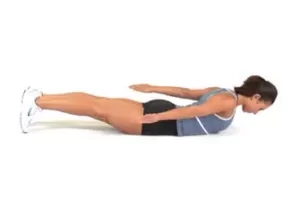
- With your hands facing down and your arms at your sides or in front of you in the “Superman” posture, take a floored stance.
- For a short while, hold.
- Decide on a neutral stance after that.
- After that, relax.
Self massage sternocleidomastoid (SCM)
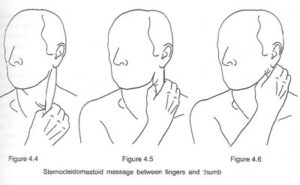
- Using your right thumb and fingers, grab the middle of your left SCM muscle until you feel a painful or sore spot in the muscle belly.
- Hold that position for fifteen seconds.
- After releasing this area, lift your thumb and forefinger a single fingerbreadth apart.
- Continue holding each spot as you move along the muscle until you get to the top of it.
- Then take a neutral position.
- Next, unwind
- Repeat on the right SCM.
Quadruped Thoracic Rotation Stretch
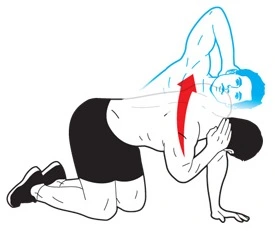
- On both knees, bend.
- After that, take an unbiased position.
- Then unwind.
Warrior 1 Pose (Virabhadrasana I)
- After taking a breath to release the stance, stand up straight.
- After that, take an unbiased position.
- Then unwind.
- Repeat the exercise while switching feet.
One Arm Stretch
- Always keep your arm straight.
- Move your body away from your lifted arm as soon as your muscles start to ache.
- Next, adopt an impartial stance.
- After that, relax.
- Proceed to the opposite side.
Levator Scapula Stretch
- Hold your shoulders and back straight.
- Examine the region underneath the arms.
- For a short while, keep on stretching.
- Then return to your neutral posture.
- After that, relax.
- On the other side, repeat
Chin Tucks
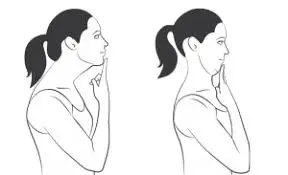
- Start by sitting or standing with an erect posture and looking straight across the room.
- This should be performed as a double chin while maintaining a straight line of sight, not as a head tilt to check your toes.
- Then, go back to your neutral posture.
- Next, relax.
Prone Ys
- Exercises can be done off the side of a bed or while lying on your stomach on a large exercise ball with your arms hanging straight down.
- Raise your arms just to shoulder height.
- Return to your neutral position after that.
- Next, unwind.
Cat-Cow Pose
- Keep your back straight.
- As you say this, a little stretch is being applied to your lower back.
- After that, adopt a neutral stance.
- Next, relax.
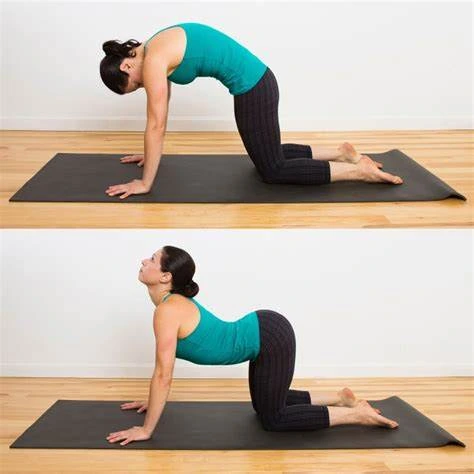
Child’s Pose
- Start by settling into a kneeling posture.
- Raise your forehead to the floor.
- Arms straight out in front of you is how you will greet them.
- Hold this position for a short while.
- Take a breath out.
- After that, relax.
Cobra Pose
- Starting on your stomach, lie flat.
- Place your hands on your shoulders.
- Place your elbows toward your ribs.
- Next, lift your torso off the ground.
- Maintain an upright neck posture.
- Next, adopt an impartial stance.
- After that, relax.
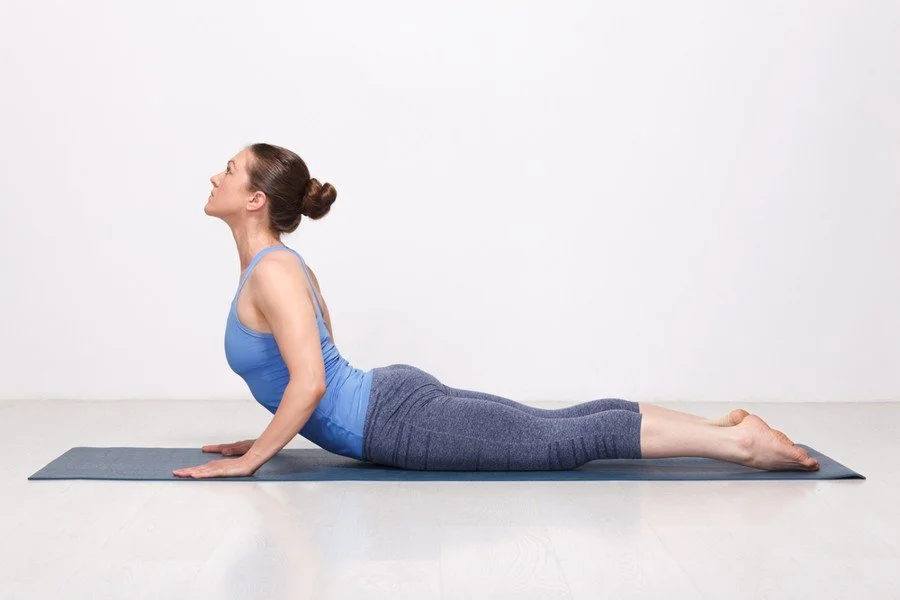
Supine Spinal Twist
- Lay on your back to start.
- Bring both knees down.
- Sustain a level foot posture.
- Breathe deeply.
- Stretch both knees to one side.
- Turn to look at the other side.
- Keep it there for a brief moment.
- After that, relax.
- Gradually switch sides.
Wall Angels
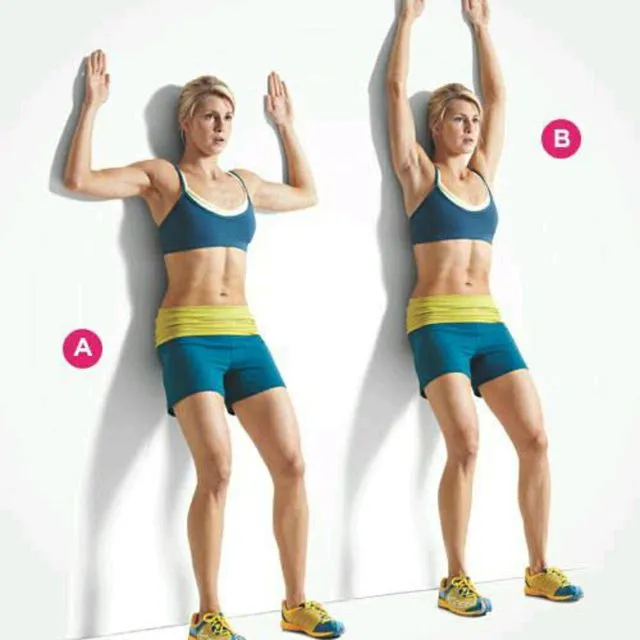
- I’m still holding my elbows sideways.
- Then, progressively lower your arms.
- As far back as you can, position your elbows.
- Then the shoulder blades together.
- Hold this posture for a short while.
- Next, relax.
Seated shoulder Stretch
- Cross your legs as you sit down.
- Place your fingers about a foot away from your hips and place your palms down.
- Experiment by feeling what it’s like to raise your hands off the floor and spread your fingers.
- Keep your arms straight and lean back toward the ground.
- Now relax.
Reverse shoulder stretch
- Start by adopting a sensible stance.
- There should be tension in the intermuscular muscles between your shoulder blades.
- Minor muscular pains or burning are fine, but not arm or neck pain.
- Now relax.
Supine Chin Tuck
- When sleeping on your back, tuck your chin in, but keep your head from gazing up at your chest.
- From here, carefully raise your head 3 to 4 inches off the floor or the surface of your bed, or wherever you are sitting.
- She held this pose for a duration of almost five seconds.
- Return to your neutral position.
- Next, relax.
Door Way Shoulder Stretch
- Position yourself at an open doorway.
- Place your palms on the door frame.
- Step forward carefully with one foot.
- When standing, keep your posture upright.
- Hold on for a brief moment.
- After that, adopt a neutral stance.
- Next, relax.
Plank
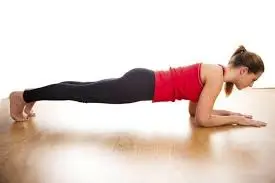
- Assume a comfortable floor position first.
- Place your forearms just below your shoulders.
- Raise your knees now, and tuck your toes under.
- Hold this posture for a short while longer.
- Next, gradually adopt an impartial stance.
- Next, relax.
Shoulder Blade Retraction
- Place yourself in a comfortable stance on the ground to start.
- Keep your neck and head at ease.
- Now clench your shoulder blades together.
- For a short while, hold it.
- Next, unwind.
Upper Trapezius Stretch
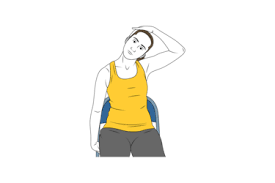
- Incline your chin slightly.
- Turn your head slightly to the left.
- Hold on for a brief moment.
- Use slight pressure to extend the stretch.
- Return your head and neck to their original positions.
- Next, unwind.
- Turn the sides over and carry on.
Foam roller for neck
- Slowly tilt your head to the right, holding where you feel stiff.
- Continue for a short while.
- Next, unwind.
Back Rows with hand
- Next, create a loop on each foot by encircling each foot once more and wrapping each end inside.
- Release progressively.
- After that, adopt a neutral stance.
- Next, relax.
Reverse fly
- Take a standing stance on the ground to begin.
- Step onto the middle of the band.
- Bring the shoulder blades together.
- Next, relax.
Isometric Neck Strengthening:
- By adding resistance, it can be made to resemble the Range of Motion Neck Stretch.
- Try not to use your head to push the hand back.
- Keep the posture for a short while.
- Next, return to the Neutral position.
- Now relax.
Bear Hugs
- Start by lying down on the ground in a comfortable position.
- Gripping a theraband, encircle your shoulder blades in the center.
- At this moment, make a 90-degree angle with your arms extended straight out to the side.
- keeping your arm as straight as possible.
- Next, when you are giving someone a hug, pull the band forward and within.
- returning to the starting location after that.
- Next, relax.
What safety precautions are required when working out?
- Warm-up and stretch before working out.
- Straighten your back while exercising.
- Avoid doing intense workouts.
- Exercise should be stopped if you feel any unexpected discomfort.
- Take a break in between workouts.
- Keep yourself hydrated.
It’s crucial to speak with a medical expert or physical therapist before starting any fitness program to make sure the exercises are appropriate for your condition and to get individualized advice.
What is the prevention of upper cross syndrome?
The best strategy to prevent and treat upper crossed syndrome is to keep away of activities that need prolonged head-forward stretching.
Additional advice to avoid pain reliving and upper crossing syndrome is as follows:
- Minimize the amount of time spent on reading, driving, watching TV, or using laptops and computers. Take ten to fifteen-minute breaks while working or sitting still.
- getting the recommended 30 to 35 minutes a day of cardiovascular exercise from low-impact sports like walking, swimming, and cycling.
- recognizing and avoiding activities, motions, or movements that exacerbate and intensify symptoms while also practicing relaxation as long as the pain lasts.
- 1-2 times a day, perform strengthening exercises to target the weak muscles in the upper front neck and lower shoulders.
- utilizing the phone’s eye level while transcribing or during extended phone calls while wearing a headset.
- It’s relaxing to use a single pillow that conforms to your body posture.
- In order to prevent upper-crossed syndrome and treat it, correcting posture through practice is equally crucial to UCS.
- getting enough cardiovascular exercise—ideally 30 to 35 minutes a day—through low-impact activities like cycling, walking, and swimming.
- identifying and staying away from behaviors, movements, or activities that prolong and worsen symptoms Even when I relax, the discomfort still exists.
- Stretching to target tight muscles in the rear neck, shoulders, and chest, exercising to target weakened muscles in the upper front neck and lower shoulders, and continuing and repeating a few times a day, are all recommended.
Tips for Avoiding UCS in the Future
Begin by adopting proper posture, making necessary corrections, and avoiding postures that cause pain or numbness. Especially, prevent slouching and bad posture from becoming ingrained in your routine.
- Other things to attempt for excellent posture and improved posture are as follows:
- Keep an eye on your weight.
- Put on supportive footwear.
- To improve your posture, lift a book or screen at eye level rather than bending over to read with your head lowered.
- When sitting for extended periods of time, don’t forget to stand up and stretch your muscles sometimes, as well as take a break and relax your body.
- When standing for extended periods of time, place one foot on a short table and a solid object for support.
- When you’re in bed, use pillows or similarly sized rolled towels to support your lower back and neck.
At least twice a week, work out the muscles in your neck, shoulders, and chest.
Make an effort to work out your back, abdominal, and core muscles every day—even if it’s just for a quick stroll.
The Upper Cross Syndrome’s dos and don’ts:
- Keeping your posture straight
- Easy exercises to reduce tension and pressure on the neck’s internal structures: Stretch your neck gently up and down and side to side.
- Sustain a healthy weight and general state of health. Avoid rolling your neck.
- Avoid using firm pillows at night.
Conclusion:
Remedial exercises, stretches, and lifestyle modifications targeted at posture improvement are all part of treating Upper Crossed Syndrome. In order to stop UCS from happening again, it’s also essential to use appropriate ergonomics, maintain excellent posture, and pay attention to how your body works when performing regular tasks. The secret to successfully managing and treating Upper Crossed Syndrome is early intervention and constant corrective actions.
FAQs
Is the syndrome of the upper cross permanent?
If left untreated, upper cross syndrome can, however, result in a lifelong postural hunch known as “dowager’s hump.” It is caused by a combination of weak muscles.
What differentiates upper-crossed syndrome from lower-crossed syndrome?
The lower body involving the pelvis, lower back, abdomen, and upper thighs is referred to as lower cross syndrome.
What is the upper cross syndrome patient’s best course of treatment?
The upper cross syndrome can be caused by persistently bad posture, which includes head forward and rounded or slumped shoulders whether sitting or standing. Exercises for strengthening and stretching can be used to treat upper cross syndrome.
Does anxiety arise from upper cross syndrome?
This may affect our ability to breathe by constricting the muscles in our chest and decreasing the amount of air we can breathe.
What upper cross syndrome exercises are prescribed by a physical therapist?
Place the opposing leg slightly forward and bend forward while holding a weight in one arm. Repeat after lowering the weight gradually to the starting position.
Is there a cure for upper cross syndrome?
Conclusions: For patients with UCS, treatment plans that incorporate a variety of exercises and approaches to repair neuromuscular imbalances and correct incorrect posture are successful in reducing pain and relieving postural deviations and neck impairments.
What is the upper cross syndrome-specific test?
To check for UCS, there are two easy tests you can do at home. They go by the names floor angel or standing wall angel.
How may upper cross syndrome be treated?
Physical therapy (PT) has been shown to be effective in treating UCS. In one instance, PT was administered to thirty college students with UCS, and the researchers discovered that it was beneficial. Nearly every student experienced an improvement in alignment and an increase in ease of use of their upper shoulder muscles.
Which of the following describes upper crossed syndrome (UCS) symptoms?
The head being forward most of the time is one of the common characteristics of upper crossing syndrome. the neck’s internal curvature within the spine (increased cervical lordosis).
What is the most effective treatment for upper cross syndrome (UCS) patients?
Physical therapy is an effective treatment for UCS. In one instance, 40 college students with Upper Cross syndrome (USC) were seen by researchers, who discovered that the therapist was beneficial. Nearly all of the pupils experienced an improvement in alignment and were able to exercise their upper shoulder muscles more comfortably.
Does upper cross syndrome have a cure?
It is typically caused by bad posture or improper repetitive action, and it is correctable with the right, regular remedial exercise.
What upper cross syndrome symptoms are present?
headaches.
back of the neck ache or tension.
chest stiffness and pain.
prolonged difficulty sitting still when operating a vehicle.
What is the syndrome of the upper cross?
These muscles appear to gather together in the shape of an X when viewed from the side of the upper torso, which is how the condition got its name.
References
- Patel, D. (2023d, December 13). Upper Cross Syndrome – Mobile Physiotherapy Clinic. Mobile Physiotherapy Clinic. https://mobilephysiotherapyclinic.in/upper-cross-syndrome/#google_vignette
- Bariya, D. (2023, December 13). 27 Best Exercises for the Upper Cross Syndrome – Mobile Physio. Mobile Physiotherapy Clinic. https://mobilephysiotherapyclinic.in/27-best-exercises-for-the-upper-cross-syndrome/
- Young, B. (2018, September 18). Upper Crossed Syndrome. Healthline. https://www.healthline.com/health/upper-crossed-syndrome

